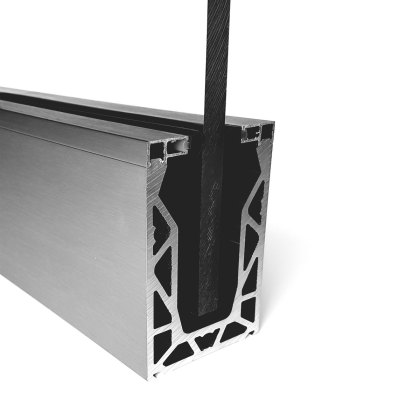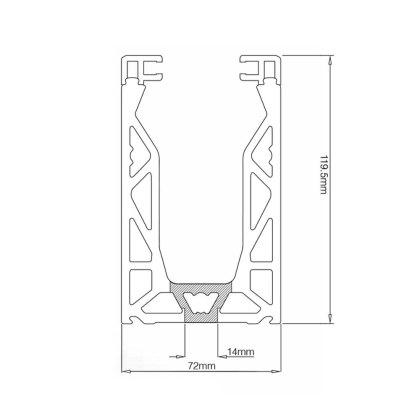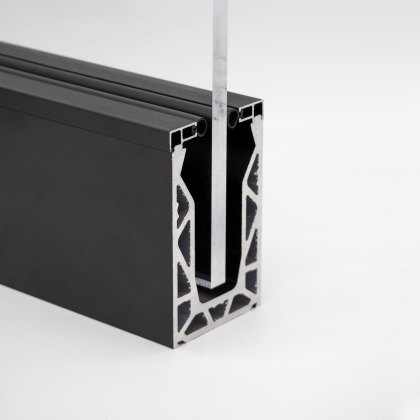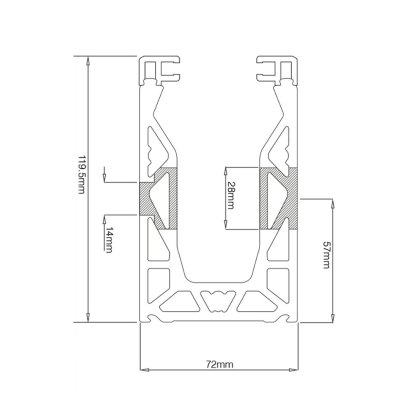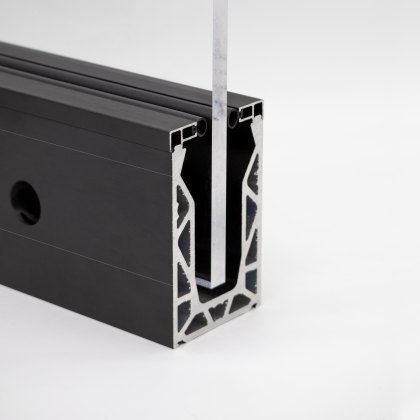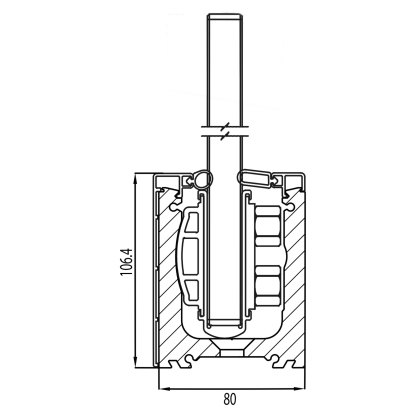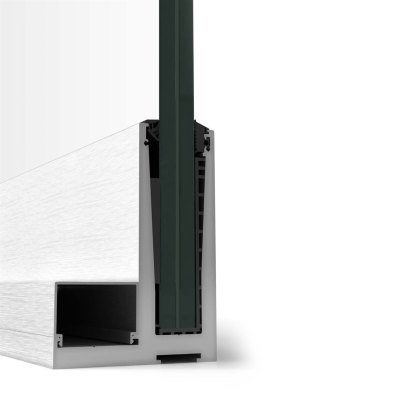Glass Channel Kits
Glass Channel Kits FAQs
What is a frameless balustrade?
A frameless balustrade is a type of balustrade that does not have any visible frame or balusters. This type of balustrade is typically made of glass, and it is often used in modern and contemporary homes.
Frameless balustrades offer a number of advantages over traditional balustrades. They are more visually appealing, as they do not have any unsightly posts or rails. They are also more space-efficient, as they do not have any protruding elements. Additionally, frameless balustrades are typically more durable and long-lasting than traditional balustrades.
Do I need planning permission for my balustrade?
We would always recommend checking with your local planning office before installing any of our balustrade systems.
What height should my balustrade be?
For safety reasons, UK Building Regulations state that a balustrade in a residential setting should be a minimum of 1100mm in height in all outdoor spaces and 900mm indoors.
For commercial applications, please contact your local depot.
Which grade of stainless steel do I require?
We offer both grade 304 and grade 316 in the majority of our products. While both steels look identical, the difference is in their chemical composition. Grade 304 offers the standard corrosion resistance, formability, strength, and easy maintenance for which stainless is known but grade 316 has a much higher resistance to corrosion, particularly against chlorides and acid.
We highly recommend using grade 304 for indoor or sheltered applications and using grade 316 for applications which are open to the elements.
Which load bearing is required for the balustrade I am installing?
The load-bearing requirements for balustrades in and about public buildings are explained in BS 6180:2011, you can read more about these regulations here. This came into effect on 31 March 2011. It requires any instantaneous deflection to be no more than 25mm.





